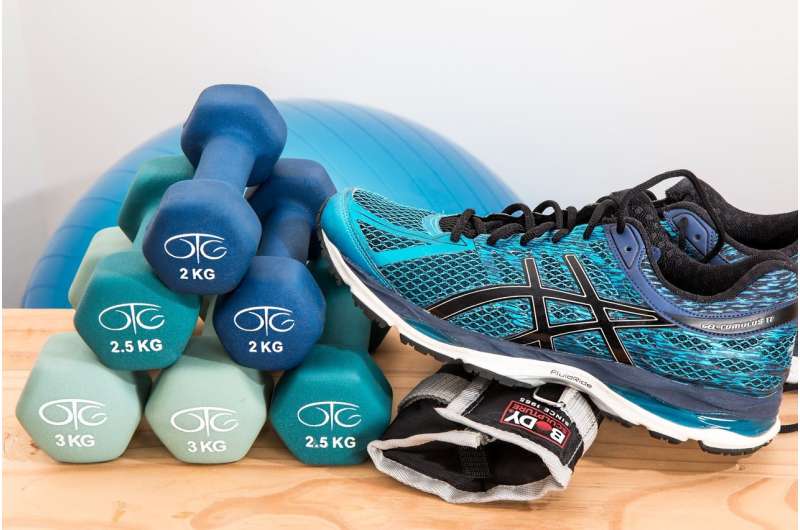Can AI Predict Your Adherence to Workout Routines? New Research Indicates It Might

Sticking to a consistent exercise routine remains a challenge for many individuals. In an innovative study conducted by researchers from the University of Mississippi, machine learning techniques are being used to explore what factors influence a person's ability to maintain regular physical activity. The team—comprising doctoral students Seungbak Lee and Ju-Pil Choe, along with Professor Minsoo Kang—aims to predict whether individuals meet recommended physical activity guidelines based on various personal and lifestyle factors.
Analyzing data from approximately 30,000 surveys, the researchers employed machine learning algorithms to identify patterns within the large dataset. These advanced data analytic methods allow for a flexible and detailed understanding of the variables influencing exercise habits, surpassing the limitations of traditional statistical techniques.
Their findings, published in Scientific Reports, underscore the importance of behavioral and demographic factors in exercise adherence. The study highlights that key variables such as sitting time, gender, and education level consistently emerged as significant predictors across different models. Interestingly, educational status was found to be more influential than initially expected, indicating external factors can play a substantial role in health behaviors.
The study utilized publicly available data from the National Health and Nutrition Examination Survey (2009–2018), focusing on adults' self-reported physical activity levels. The researchers considered a broad range of variables, including age, race, income, BMI, lifestyle habits like smoking and alcohol consumption, employment status, sleep patterns, and sedentary time, to assess their impact on adherence.
Despite promising results, the researchers also acknowledge limitations, such as relying on subjective physical activity reports, which tend to overestimate activity levels. Future studies may incorporate more objective measurement tools or explore additional factors like dietary supplement use to enhance prediction accuracy.
Ultimately, these insights could be invaluable for health professionals and fitness trainers in designing personalized workout programs that individuals are more likely to follow long-term. As machine learning continues to evolve, its application in health behavior prediction holds exciting potential for improving public health outcomes.
For further details, see the full study by Choe et al. in Scientific Reports (2025). This research offers promising avenues for leveraging technology to promote sustainable exercise habits.
Stay Updated with Mia's Feed
Get the latest health & wellness insights delivered straight to your inbox.
Related Articles
Immune Cells Derived from Stem Cells May Reverse Age-Related Brain Changes and Alzheimer’s Signs
New research shows that youthful immune cells derived from stem cells can reverse signs of brain aging and improve memory in mouse models, promising potential therapies for neurodegenerative diseases.
Innovative AI Technology Identifies Hidden Cellular Subtypes to Enhance Precision Medicine
A new AI system called CellLENS enhances our understanding of cellular environments, uncovering hidden cell subtypes for more targeted cancer therapies and advancing precision medicine.
Enhancing T Cell Responses with mRNA Vaccines Incorporating Cytokine IL-12
Innovative mRNA vaccines incorporating cytokine IL-12 significantly boost T cell responses, offering improved protection against viruses and cancers. Discover the latest advancements in vaccine research that could lead to more effective and durable immunity.



